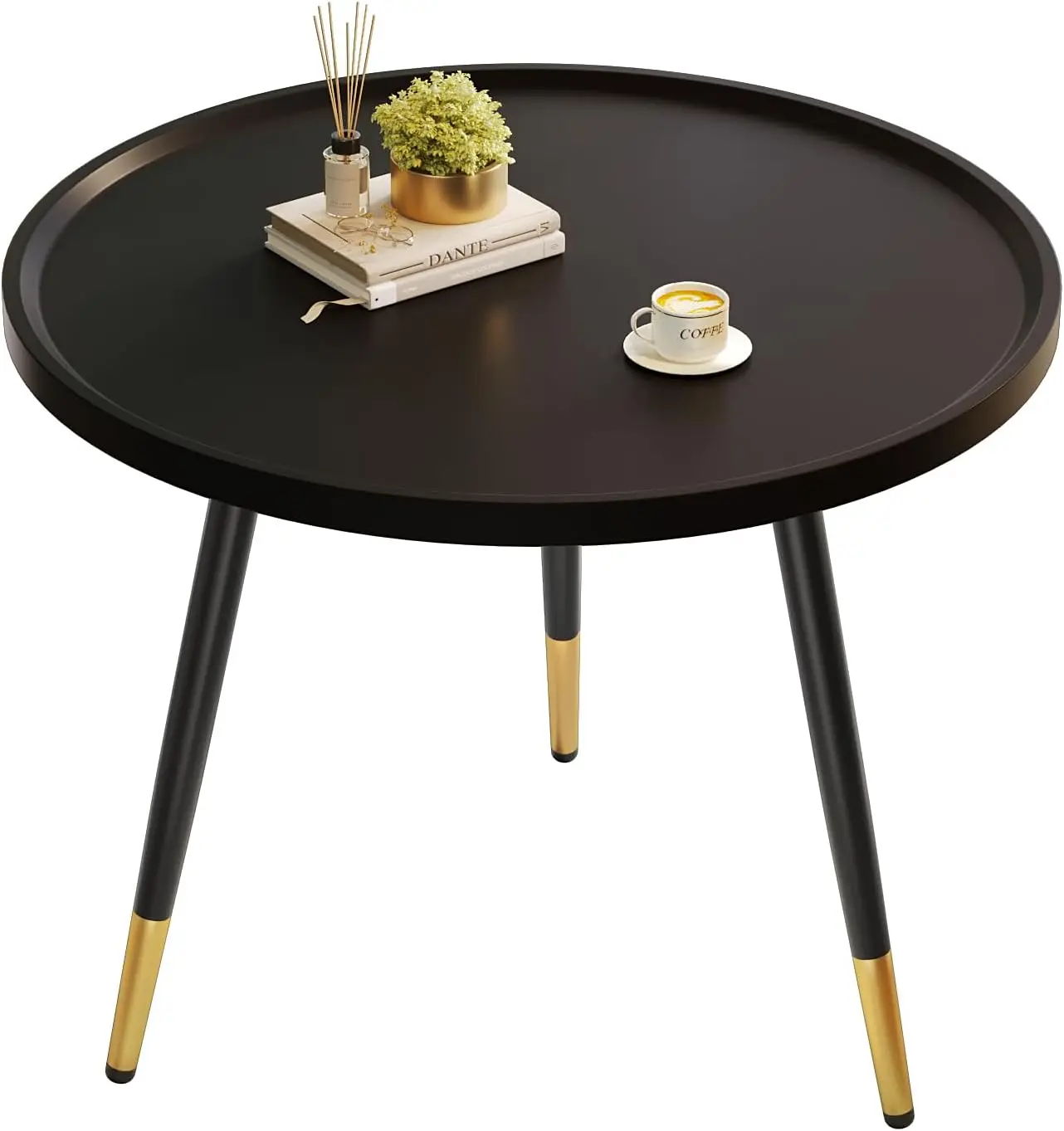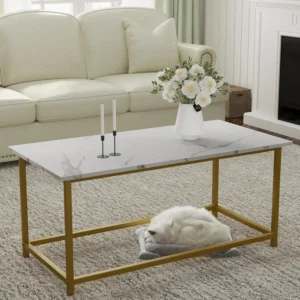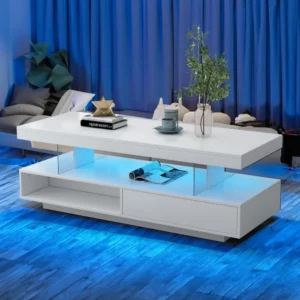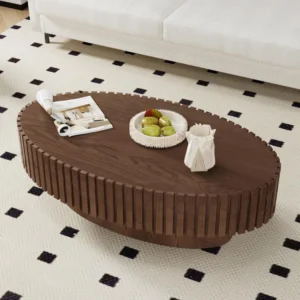Introduction: What Makes Scandinavian Furniture Design Iconic?
Scandinavian furniture design represents a distinctive style that originated in Nordic countries—Denmark, Sweden, Norway, and Finland. Known for its clean lines, minimalism, and use of natural materials, this design philosophy emerged in the mid-20th century but has achieved a timeless quality that continues to influence modern interiors.
At its core, Scandinavian design embraces a simple yet powerful idea: everyday items should be both beautiful and functional. This approach wasn’t merely aesthetic but was born from practical needs. In regions with long, dark winters, homes needed to be bright, warm, and efficient while still maintaining beauty and comfort.
The enduring popularity of Scandinavian furniture design lies in its versatility and timelessness. These pieces work in virtually any setting, from urban apartments to country homes, and their simple elegance never seems to go out of style. Many intelligent black mid-century coffee tables incorporate these design principles, showing how Scandinavian influence extends across different furniture styles.
Understanding the relationship between Scandinavian vs mid-century modern design helps appreciate the nuanced differences and similarities between these complementary aesthetics.
The Core Principles of Scandinavian Design Philosophy
Scandinavian design stands on a foundation of principles that have guided its development and continued relevance:
The balance between form and function remains paramount in Scandinavian furniture design. Unlike purely decorative styles, every curve, line, and material choice serves a purpose. Nothing exists solely for show, yet everything is designed to be pleasing to the eye.
“Democratic design” represents one of the movement’s most revolutionary concepts—the idea that well-designed, beautiful furniture should be accessible to everyone, not just the wealthy. This principle pushed designers to find efficient production methods without compromising quality.
The minimalist approach follows the “less is more” philosophy, where simplicity creates a sense of calm and order. Pieces are stripped of unnecessary ornamentation, allowing their essential beauty to shine through.
The harsh Nordic climate profoundly influenced furniture design in these regions. With limited daylight during winter months, interiors needed to maximize natural light through light colors and reflective surfaces. Furniture was designed to create inviting, warm spaces—embodying the Danish concept of “hygge” (pronounced hoo-ga), which refers to a feeling of cozy contentment.
These principles continue to inspire minimalist Scandinavian living room designs worldwide, demonstrating how these concepts create practical yet beautiful living spaces. Many mid-century modern solid wood coffee tables reflect this perfect balance of form and function.
Natural Materials: The Foundation of Scandinavian Furniture
The use of natural materials forms the cornerstone of authentic Scandinavian furniture design. Light-toned woods dominate this style, with specific varieties chosen for both practical and aesthetic reasons:
Oak, pine, beech, ash, and birch are staples in Scandinavian furniture. These woods were historically abundant in Nordic regions, making them practical choices for local craftsmen. Their light colors help brighten interiors during dark winters, while their grain patterns add subtle visual interest without overwhelming the clean lines of the furniture.
Beyond wood, other natural materials play important supporting roles. Wool, leather, linen, and cotton appear in upholstery and textiles, always in natural colorways that complement the wooden elements.
The treatment of these materials reveals another key aspect of Scandinavian design philosophy. Finishes tend to be minimal—often just oils or light varnishes that enhance rather than disguise the natural beauty of the wood. This approach celebrates the organic qualities of the materials while providing necessary protection.
Sustainability, though not originally called by that name, has long been embedded in Scandinavian design through the emphasis on quality construction and materials that age beautifully. Today, many mid-century modern teak coffee tables continue this tradition of using natural materials with minimal processing.
Understanding the definitive guide to teak grain helps appreciate how carefully Scandinavian designers select and utilize natural materials.
Wood Selection and Treatment in Scandinavian Pieces
The meticulous selection and treatment of wood in Scandinavian furniture reveal much about the design ethos. Each wood type brings specific qualities:
Birch offers a pale, fine grain with excellent durability—perfect for chairs and tables needing strength without visual heaviness. Oak provides distinctive grain patterns and exceptional longevity, ideal for statement pieces meant to last generations. Pine, with its knots and casual character, often appears in more rustic or country-style Scandinavian pieces.
Traditional Scandinavian woodworking techniques emphasize clean joinery that enhances rather than hides the construction. Mortise and tenon joints, dowel construction, and finger joints not only provide strength but become subtle design elements themselves.
The finishing approach differs markedly from other furniture traditions. While many styles use dark stains or heavy lacquers, Scandinavian pieces typically feature natural finishes that let the wood breathe and age gracefully. Soap finishes, light oils, and wax treatments protect while allowing the natural color and texture to remain visible, creating furniture that becomes more beautiful with time.
Many mid-century modern walnut coffee tables demonstrate how these wood treatment principles enhance natural beauty while ensuring durability.
Clean Lines and Organic Forms: Visual Characteristics
The visual language of Scandinavian furniture creates an immediately recognizable aesthetic through its masterful balance of straight lines and gentle curves. Unlike strictly geometric modernist designs, Scandinavian pieces often incorporate subtle organic elements inspired by the natural world.
Furniture silhouettes typically feature clean, uncluttered lines that create a sense of visual calm. Chairs might have perfectly straight backs that suddenly curve gently to support the body. Tables combine rectangular tops with legs that taper slightly toward the floor, creating a sense of lightness.
Common structural elements include:
– Tapered legs that add visual lightness
– Slender frames that appear delicate but are structurally sound
– Smooth, continuous surfaces with minimal interruptions
– Gentle organic curves that soften geometric forms
These design choices create pieces that appear to float rather than dominate a space. Despite their apparent simplicity, achieving these effects requires exceptional design skill and craftsmanship.
The focus on proportion and scale creates furniture that fits harmoniously in spaces without overwhelming them. This careful balance contributes to the uncluttered, calm aesthetic that defines Scandinavian interiors.
Many design features of oval-shaped tables demonstrate how organic forms can be incorporated into clean, modern designs. For visual examples, explore our collection of mid-century modern round coffee tables that exemplify these principles.
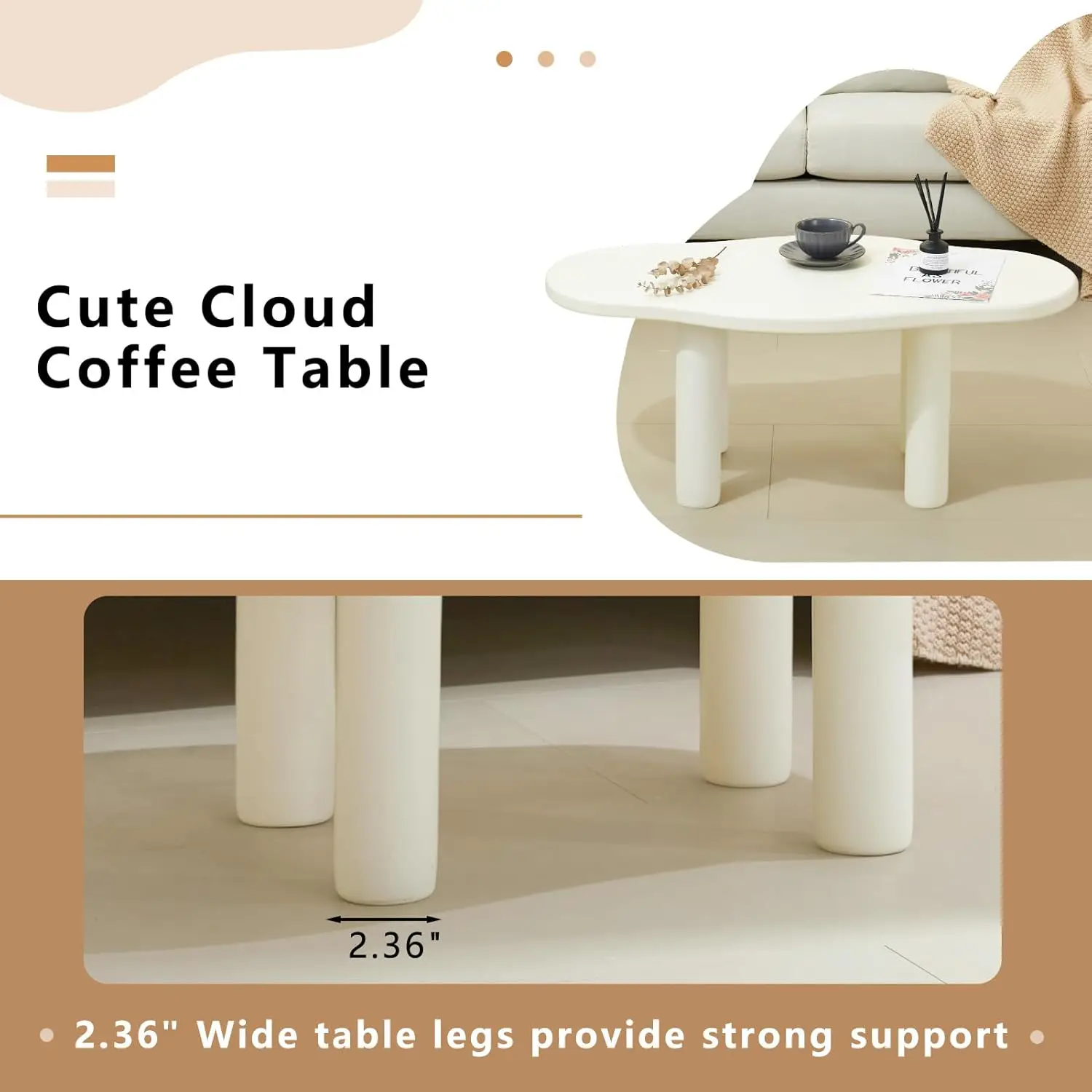
Color Palette and Light: Creating Bright, Airy Spaces
The Scandinavian color palette directly responds to the environmental conditions of the Nordic region. With long, dark winters, interior spaces needed to maximize and reflect the limited natural light.
White dominates as the foundation color, appearing on walls, ceilings, and even furniture pieces. Various shades of off-white, cream, and light gray create subtle depth without darkening spaces. These neutral backdrops allow both the natural beauty of wooden furniture and carefully selected accent colors to stand out.
When colors beyond neutrals appear, they tend to be:
– Soft blues reminiscent of Nordic skies
– Gentle greens inspired by forest landscapes
– Muted earth tones that ground the lighter elements
– Occasional pops of brighter colors used sparingly
Textiles play a crucial role in bringing color and texture into Scandinavian interiors. Wool throws, linen cushions, and cotton rugs add subtle color variations while enhancing the comfort and coziness of spaces.
Seasonal adjustments often occur through easily changeable textile elements—lighter blues and greens in summer months might be swapped for deeper hues and warmer textures during winter.
Understanding authentic Scandinavian color schemes helps create harmonious spaces that embrace these design principles. For furniture that exemplifies this light aesthetic, explore our mid-century modern white coffee tables.
Exceptional Craftsmanship: Quality and Attention to Detail
Scandinavian furniture’s reputation for quality stems from a deeply rooted tradition of exceptional craftsmanship. This commitment to quality construction isn’t merely decorative but functional—pieces are built to last generations.
Joinery techniques reveal much about this commitment. Rather than relying on mechanical fasteners that can loosen over time, traditional Scandinavian pieces often feature:
– Dovetail joints that lock wooden components together
– Mortise and tenon connections that strengthen structural elements
– Finger joints that create nearly seamless wood-to-wood bonds
What makes Scandinavian craftsmanship distinctive is how it balances traditional handcraft with efficiency. While maintaining high standards, designers developed methods that allowed quality pieces to be produced more efficiently, supporting the democratic design principle of accessibility.
The attention to detail appears in seemingly small elements that significantly impact durability and user experience. Chair backs might be angled precisely for comfort, table edges softened to a specific radius, or drawer components fitted with minute precision to ensure smooth operation for decades.
When examining Scandinavian furniture, look for these quality markers:
– Consistent, tight joints with no gaps
– Smooth, even finishes without bubbles or drips
– Drawers and doors that operate smoothly
– Even wood grain patterns indicating careful material selection
For insights into evaluating furniture quality, our guide to revealing quality craftsmanship in vintage furniture offers valuable perspectives. See these principles applied in our mid-century modern Danish coffee tables.
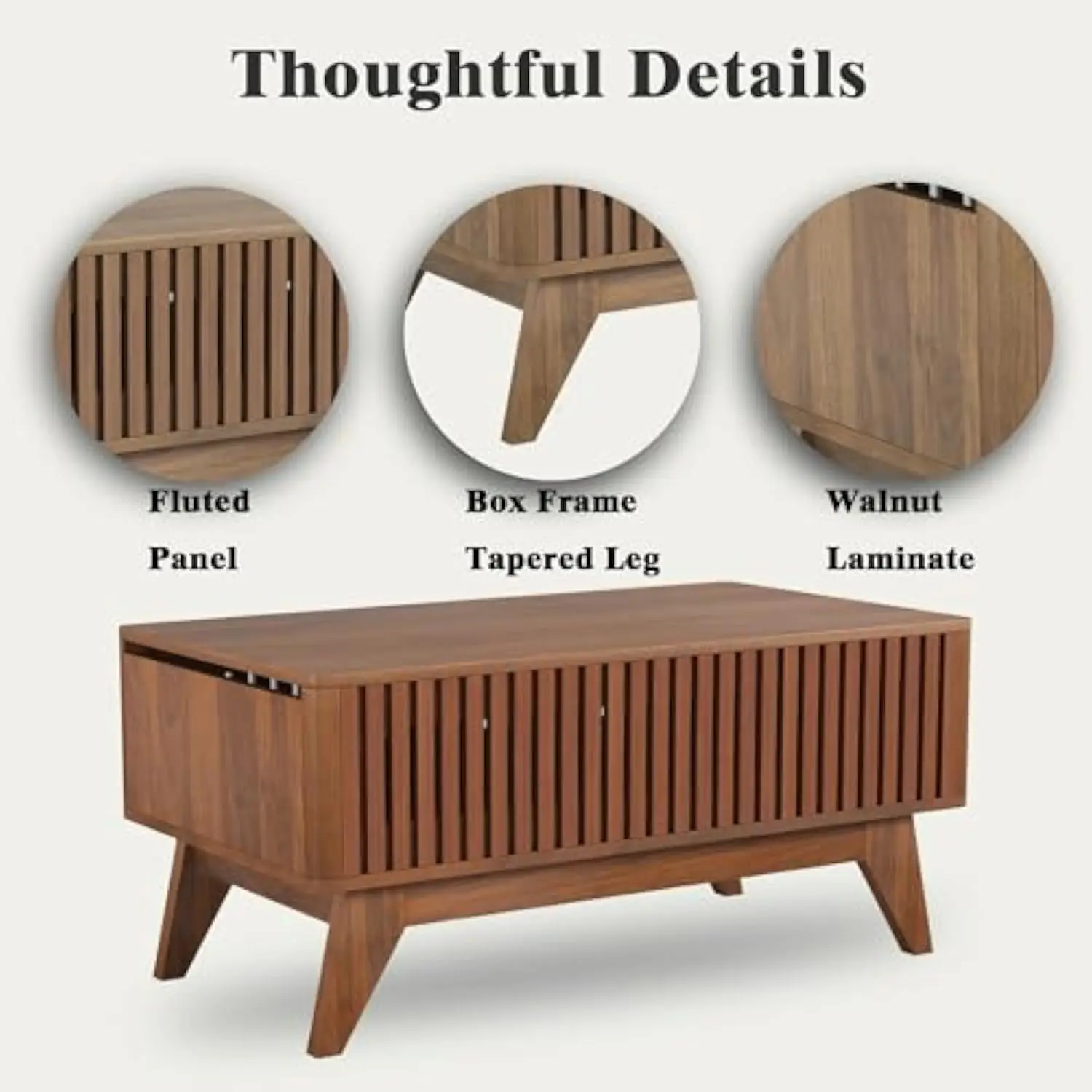
Functionality and Ergonomics: Comfortable, Practical Design
Scandinavian furniture stands apart through its unwavering commitment to human-centered design. While visually minimal, each piece is carefully engineered around human needs and comfort.
Seating exemplifies this human-centered approach. Chair seats typically sit at heights scientifically determined to reduce leg strain, while backs provide support exactly where the body needs it. This ergonomic focus means Scandinavian chairs often feel more comfortable than they appear.
Space efficiency represents another hallmark of Scandinavian furniture design. With urban living spaces typically smaller in Nordic countries, furniture needed to make efficient use of available room without feeling cramped. Solutions include:
– Extendable dining tables
– Nesting tables that can be separated when needed
– Storage ottomans serving dual purposes
– Modular shelving systems adaptable to different spaces
The multifunctionality extends beyond obvious space-saving measures. A dining chair might be comfortable enough for extended use as a desk chair, while a coffee table might incorporate subtle storage solutions without compromising its clean lines.
These principles make Scandinavian furniture particularly suitable for Scandinavian furniture in small homes where every piece must earn its place through versatility and function. For specific solutions, explore our article on space-saving coffee tables to maximize living space.
Iconic Scandinavian Furniture Pieces That Defined the Style
Certain furniture pieces have come to embody Scandinavian design principles so perfectly that they’ve achieved iconic status, influencing furniture design globally:
The Wishbone Chair (1949) by Hans Wegner represents the perfect marriage of comfort and visual lightness. Its distinctive Y-shaped back support provides strength while maintaining a delicate appearance. The hand-woven seat adds natural texture while supporting ergonomic comfort.
The Egg Chair (1958) by Arne Jacobsen demonstrates how Scandinavian design can embrace organic forms. Its enveloping shape provides privacy and comfort while maintaining clean, flowing lines. Despite its substantial presence, the chair appears to float on its slender base.
The PK22 Chair (1956) by Poul Kjærholm shows the Scandinavian approach to minimalism. Using just three visible elements—a steel frame and two leather cushions—Kjærholm created a chair of perfect proportions and surprising comfort.
The String Shelving System (1949) by Nils Strinning epitomizes modular functionality. With minimal metal brackets and wooden shelves, it creates a storage solution that appears to float on the wall. Its flexibility allows users to configure and reconfigure based on changing needs.
The Paimio Chair (1932) by Alvar Aalto demonstrates Scandinavian design’s human-centered approach. Originally designed for a tuberculosis sanatorium, its angles and curves were scientifically developed to ease breathing for patients while maintaining aesthetic beauty.
These pieces continue to be produced today, testifying to their enduring appeal and functionality. Explore more about Scandinavian Danish coffee table design to understand the principles behind these iconic works. Our collection of mid-century modern vintage coffee tables showcases pieces inspired by these design traditions.
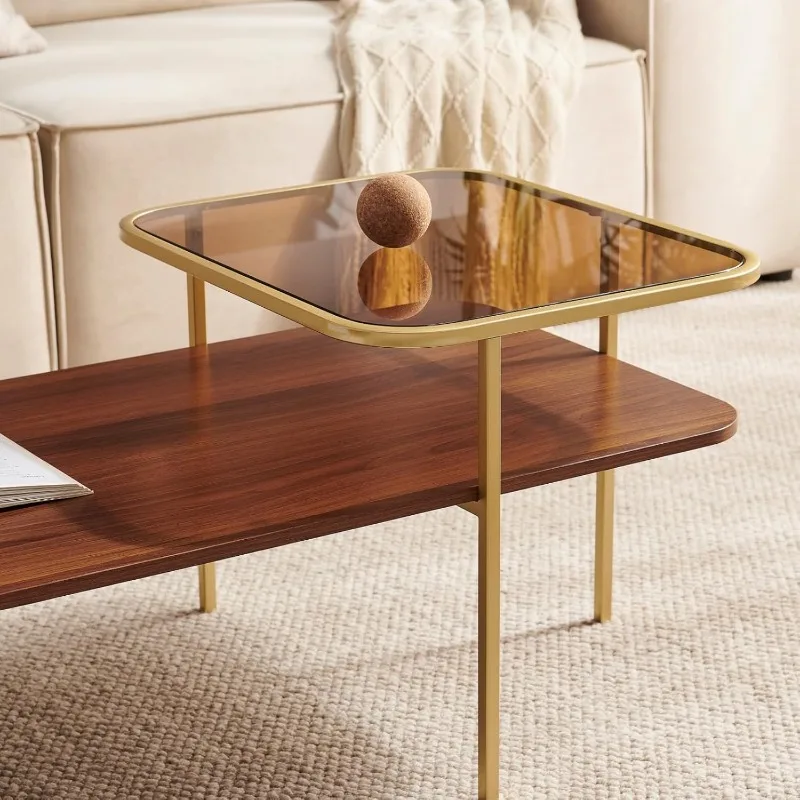
Distinguishing Scandinavian Design From Similar Styles
While Scandinavian design shares characteristics with other modern furniture styles, certain elements distinguish it:
Compared to Mid-Century Modern design, Scandinavian pieces typically feature:
– Lighter wood tones (versus the walnut and teak common in American mid-century pieces)
– More restrained ornamentation
– Greater emphasis on light-enhancing elements
– More frequent use of traditional craftsmanship techniques
Unlike pure Minimalism, which can sometimes feel stark or cold, Scandinavian design:
– Incorporates organic elements and natural materials
– Emphasizes comfort alongside visual simplicity
– Uses texture to create warmth and interest
– Embraces the concept of “hygge” (coziness)
The Japandi style represents a fusion of Japanese and Scandinavian aesthetics, combining:
– Scandinavian warmth and functionality
– Japanese emphasis on negative space
– Shared appreciation for natural materials
– Complementary approaches to craftsmanship
When identifying authentic Scandinavian pieces versus inspired ones, look for:
– Attention to detail in less visible areas
– Quality of materials, especially wood
– Thoughtful ergonomics beyond visual appeal
– Balance between visual lightness and structural integrity
For more on complementary design approaches, explore our guide to styles that go well with mid-century modern. To understand the craftsmanship that sets authentic pieces apart, read about Danish coffee table construction craft.
How to Incorporate Scandinavian Furniture Into Your Home
Adding Scandinavian pieces to your existing décor can refresh your space without requiring a complete redesign:
Start with a single statement piece, such as:
– A sculptural chair in a reading nook
– A clean-lined coffee table as a living room focal point
– A functional credenza that combines storage with style
– A pendant lamp that creates a pool of warm light
Create cohesion by:
– Maintaining a consistent wood tone throughout the space
– Using complementary neutral colors for walls and larger furniture
– Adding natural textiles that enhance comfort
– Eliminating unnecessary clutter to let pieces breathe
Balance statement pieces with simpler items—pair a distinctive chair with a more understated sofa, or a dramatic lighting fixture with a clean-lined table.
Different home styles can incorporate Scandinavian elements:
– Traditional homes benefit from Scandinavian pieces’ clean lines as counterpoints
– Industrial spaces are warmed by Scandinavian wood tones
– Maximalist interiors can use Scandinavian pieces as visual resting places
Vintage and contemporary Scandinavian designs work beautifully together, as the underlying principles remain consistent. A classic 1950s chair pairs perfectly with a table designed last year.
For specific styling ideas, our guide to decorating with black mid-century coffee tables offers practical advice applicable to many Scandinavian-influenced pieces.
Mid-Century Modern Solid Wood Coffee Tables, Mid-Century Modern Teak Coffee Tables
$879.95 Select options This product has multiple variants. The options may be chosen on the product pageMid-Century Modern Danish Coffee Tables, Mid-Century Modern Oval Coffee Tables, Mid-Century Modern Solid Wood Coffee Tables
$390.05 Select options This product has multiple variants. The options may be chosen on the product pageMid-Century Modern Glass Top Coffee Tables, Mid-Century Modern Vintage Coffee Tables, Mid-Century Modern Vintage Side & End Tables
$725.36 Select options This product has multiple variants. The options may be chosen on the product pageMid-Century Modern Marble Top Coffee Tables, Mid-Century Modern Rectangular Coffee Tables, Mid-Century Modern White Coffee Tables
Price range: $163.28 through $189.22 Select options This product has multiple variants. The options may be chosen on the product pageMid-Century Modern Rectangular Coffee Tables, Mid-Century Modern White Coffee Tables
$605.68 Select options This product has multiple variants. The options may be chosen on the product pageMid-Century Modern Oval Coffee Tables, Mid-Century Modern Solid Wood Coffee Tables
$679.56 Select options This product has multiple variants. The options may be chosen on the product page
Is Scandinavian Furniture Always Expensive?
Scandinavian furniture spans a wide price range, contrary to the perception that it’s universally expensive. While certain iconic pieces from renowned designers command premium prices, the democratic design principle has created options at various price points.
Several factors influence the cost:
Materials significantly impact price—solid wood pieces cost more than those using engineered wood products. Similarly, natural leather upholstery commands a higher price than synthetic alternatives.
Craftsmanship level creates price variation. Hand-finished pieces with traditional joinery typically cost more than those using more efficient production methods, though both can exemplify Scandinavian quality standards.
Authenticity affects value—licensed productions of classic designs from established manufacturers typically cost more than inspired pieces, reflecting both design royalties and quality assurance.
The value proposition of Scandinavian furniture lies in its longevity. While the initial investment might exceed that of disposable furniture, the per-year cost often proves lower as pieces remain functional and beautiful for decades rather than years.
For those looking to add Scandinavian style on various budgets, our guide to best black mid-century coffee tables includes options at different price points that maintain design integrity.
Can Scandinavian Furniture Work in Different Climate Zones?
While developed for Nordic environments, Scandinavian furniture adapts remarkably well to various climate zones with some considerations:
In humid tropical environments:
– Solid wood pieces may require more frequent conditioning to prevent excessive expansion
– Choose pieces with floating construction that allows for natural wood movement
– Opt for leather that has been treated for moisture resistance
– Consider lighter fabrics for upholstered pieces
In dry desert climates:
– Wood may require occasional oiling to prevent cracking
– Place furniture away from direct sunlight which can fade natural finishes
– Maintain indoor humidity levels to protect wooden components
– Consider performance fabrics for upholstered pieces to resist sun damage
Adaptations that maintain aesthetic integrity while addressing climatic challenges include:
– Using locally available woods with similar visual characteristics
– Incorporating regionally appropriate textiles while maintaining the color palette
– Adjusting finishes for different environmental conditions
– Modifying upholstery weights seasonally
Proper care ensures longevity regardless of climate. For specific information about maintaining wood furniture in different environments, our article on aged wood vintage coffee tables provides valuable insights on material considerations.
Why Does Scandinavian Design Continue to Be Relevant Today?
The enduring relevance of Scandinavian furniture design stems from principles that transcend passing trends. Its core values align perfectly with contemporary priorities:
The emphasis on quality over quantity resonates in an era increasingly concerned with sustainability and responsible consumption. Furniture designed to last generations naturally reduces environmental impact compared to disposable alternatives.
Clean, functional designs work in diverse settings from urban micro-apartments to spacious suburban homes. This versatility makes Scandinavian pieces practical investments that transition through different living situations.
The focus on natural materials and human-centered design addresses growing interest in wellness and creating healthy living environments. Scandinavian interiors naturally promote calm and comfort through their materials, proportions, and light-enhancing properties.
The influence of Scandinavian design principles extends far beyond furniture from the Nordic region. Contemporary designers worldwide continue to draw inspiration from these approaches, adapting them to new materials and production techniques while maintaining the core philosophy of beautiful, functional, democratic design.
As living spaces evolve, Scandinavian design continues to offer solutions that enhance daily life through thoughtful, beautiful functionality. To explore how these principles have shaped contemporary furniture, read our article on how Scandinavian design shaped modern tables.
At Hearth Forms, we believe the enduring appeal of Scandinavian design lies in its honest approach to materials, respect for human needs, and timeless aesthetic that enhances rather than dominates your living space.

